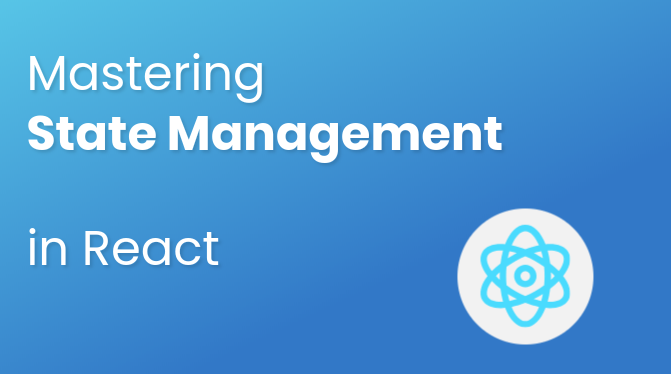🌟 Mastering State Management in React 🌟
 Zeeshan Safdar
Zeeshan Safdar
State is the heart of every React application. But as apps grow, managing state can become complex. Here's where state management comes in!
What is State Management?
It's the process of deciding:
When to create new pieces of state
Where to place them in the code
How data flows through the app
Think of it as giving each piece of state a “home” within your codebase, ensuring smooth data flow and optimal performance.
Types of State in React:
Local State: Used by one or a few components (e.g., a search bar input).
Global State: Accessible by many components (e.g., a shopping cart).
For small apps, local state is enough. But as your app scales, you'll need to manage global state more effectively using tools like React's Context API or Redux.
How to Decide When and Where to Create State:
Does the data need to change?
If not, use a regular variable.
If yes, ask if it can be derived from existing state or props.
Does updating the state need to re-render the component?
If yes, create a new piece of state using the useState function.
If not, consider using useRef.
Where to Place the State?
If used by the current component, keep it local.
If shared between components, lift it to the common parent.
If shared globally, use global state management.
As you build more complex apps, this decision process will become second nature, but using flow charts and guidelines can help early on.
Remember, start with local state and only move to global state when necessary! 🚀
Also, feel free to reach out these superb slides.
Subscribe to my newsletter
Read articles from Zeeshan Safdar directly inside your inbox. Subscribe to the newsletter, and don't miss out.
Written by

Zeeshan Safdar
Zeeshan Safdar
An accomplished front-end developer with a strong background in creating visually stunning and user-friendly websites and web applications. My deep understanding of web development principles and user-centered design allows me to deliver projects that exceed client expectations. I have a proven track record of success in delivering projects on time and to the highest standards, and I am able to work well in a team environment and am always looking for new challenges to take on.